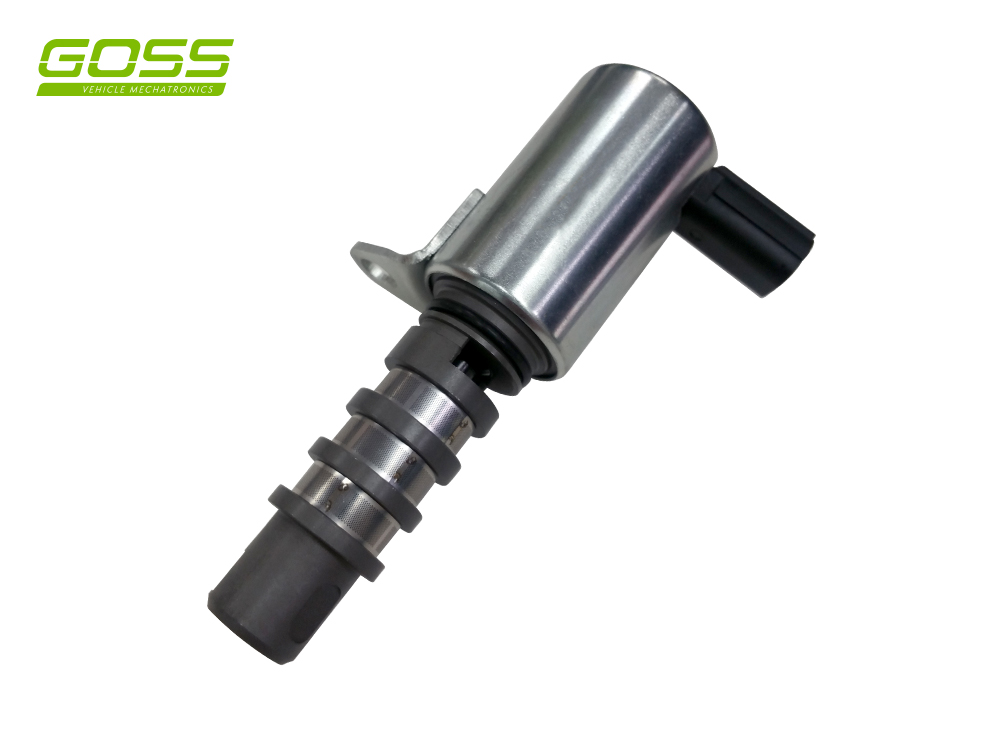News & Info
Variable Valve Timing technology made clear
10/08/2018
VVT’s technology made clear
Variable Valve Timing (VVT) is a technology that's used on many newer model engines to improve fuel economy, idle smoothness, emissions and performance. Variable valve timing allows valve timing to change with engine RPM, unlike standard fixed cam drives that never change.
Valve timing determines when the intake and exhaust valves open, how long they remain open, and when they close. In turn, this affects intake and exhaust flow, intake manifold vacuum, running compression, volumetric efficiency, throttle response, and how much horsepower and torque the engine develops at any given RPM.
It is a technology that offers performance, emissions and fuel economy advantages for everyday driving. The technology allows camshaft and valve timing to change with engine speed and load, so the engine can develop more power while also getting better fuel economy and producing less emissions. VVT also allows the retarding of the exhaust valves timing, which produces an exhaust gas recirculation effect, that eliminates the need for an efficiency robbing EGR valve on many engines.
Most VVT systems are not engaged when the engine is idling and remain in the locked or base timing setting. Also, with hydraulically-actuated cam phasers, the VVT system is usually not active until the engine reaches normal operating temperature. As engine speed and/or load change, the PCM looks at its various sensor inputs and commands the variable valve solenoids to open. When the VVT opens, oil pressure is routed to the phaser and cam timing is advanced or retarded.
On applications that offer incremental changes in cam timing, the VVT solenoid is pulse width modulated. Changing the duty cycle of the solenoid controls oil flow through the phaser and how much cam timing is advanced or retarded.
Common signs of a suspect VVT include rough idling, Check Engine Light coming on, and flat spotting/hesitation when climbing hills or under load.
Symptoms of a Faulty or Failing Variable Valve Timing (VVT) Solenoid
- Electrical problems with the supply voltage, ground connection or wiring to the VVT can prevent the variable valve control system from functioning
- Low oil pressure, due to a worn oil pump or worn cam bearings can prevent the cam phaser from developing enough internal pressure to rotate the cam
- Debris, sludge or varnish will restrict or even block the oil flow to the VVT, preventing it from working properly
- Incorrect oil viscosity in the engine can also impact on correct VVT operation, causing various fault codes to set
- Physical wear or damage inside the cam phaser housing may prevent it from rotating, causing it to stick, or make the unit noisy. A broken return spring may prevent it from returning to base timing.
Goss have a comprehensive range of VVT’s available now, demonstrating our commitment to continually expanding our range with the latest in vehicle technology.
All products are subjected to a stringent validation process, are OES engineered and sourced from leading OEM manufacturers.
Back to Articles


